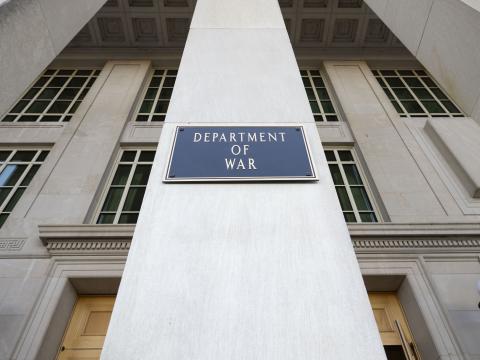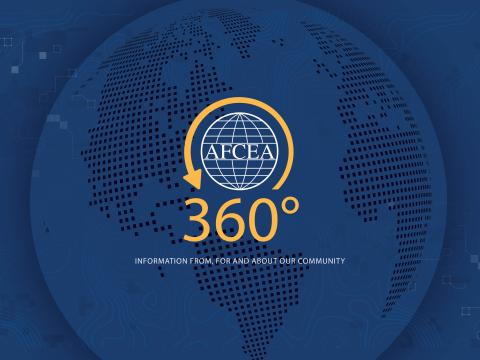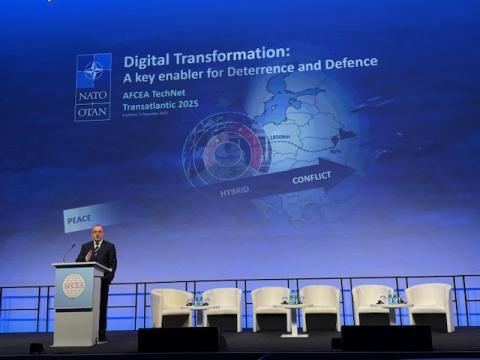Lesson Learned: No Two Networks Are the Same
The men and women who are designing and supporting today's military communications networks already have one important lesson learned from operations in Afghanistan, Iraq, the aftermath of the Japanese earthquake and tsunami, and others: No two network configurations are the same.
The men and women who are designing and supporting today's military communications networks already have one important lesson learned from operations in Afghanistan, Iraq, the aftermath of the Japanese earthquake and tsunami, and others: No two network configurations are the same.
Maj. Gen. Randolph Strong, USA, Commanding General of the U.S. Army Communications Command, told a panel on Joint Interagency Multi-National Tactical Networking at the MILCOM 2011 conference in Baltimore that the Afghanistan Mission Network (AMN) is providing the template for future development of mission-focused battlefield networks for command and control.
Gen. Strong told MILCOM attendees that they continue to learn lessons from the process of making not only the separate network of American military forces work together, but also exchanging important information with coalition partners. He said a working group continues to refine the operation of the AMN.
The general credits the "collapsing of the traditional acquisition process" in helping to bring innovative and flexible solutions to the warfighter in shorter time scales.
Rear Adm. David Simpson, USN, vice director of DISA, said that network configurations that worked in Iraq did not necessarily work in Afghanistan, and those configurations didn't necessarily work in Libya or for the military response to the Japanese earthquake and tsunami.
Adm. Simpson said it is vital to work with combatant commanders at the earliest possible stages to set goals for field network operations. In Libya, for example, the Battlefield Information Systems network sufficed for coalition command and control. In the Pacific, the need to coordinate with non-governmental organizations (NGOs) in the Japanese humanitarian relief effort focused on the use of the All Partners Access Network (APAN).
The admiral said the challenge for industry is to help get military networks beyond the model of "a SIPRNET box, to a mission box," one, which will help allow connections to occur more readily, while still maintaining security.




Comments